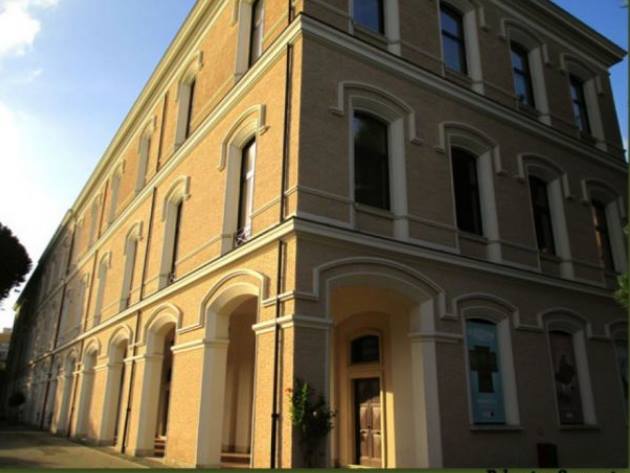
It developed around the vast collection transferred to the State in 1950 by the tenor Gennaro Evangelista Gorga (1865-1957), enriched with rare and valuable instruments acquired later.
The path winds along 18 halls and reconstructs the history of music, from the first wind and percussion instruments of the ancient Greek and Roman world up to those of our century. On display are popular and cultured, religious, military music and extra-European musical tradition instruments from Africa, Oceania, and America.
Of the 3,000 pieces kept, you can admire about 840 instruments, including the famous 17th-century Barberini harp, the Italian vertical harpsichord and the piano built in 1722 by Bartolomeo Cristofori (1655-1732), universally recognized as the inventor of this instrument.
Following the reopening of the spaces on the second floor, the temporary exhibition Risonanze. Dalla collezione Gorga al Museo Nazionale degli Strumenti Musicali was inaugurated in May 2022.
The exhibition guides visitors throughout the restoration of the structure, starting with the presentation of the tenor's collection. Gorga welcomes visitors through a 1949 film granted by the Istituto Luce, which sees him, now elderly, surrounded by his musical instruments, the same displayed along the path.
The setting follows a typological criterion, just as the collection organization was conceived: string and plucked instruments, pianos, winds, percussion, and mechanical instruments. It is also possible to admire, with a different set-up, some pieces that later became part of the Museum's collection. Among them are the violin called Il Portuguese by Antonio Amati, the Pleyel piano of Palazzo Torlonia and a part of the collection of electric basses granted by Pablo Echaurren.
Photo: museostrumentimusicali.beniculturali.it
Information
From Tuesday to Sunday from 9.30 to 19.30 (last admission at 18.30)Closed on Mondays, 25 December, 1 January
 Condividi
Condividi
Location
To find out about all accessibility services, visit the Rome accessible section.











































